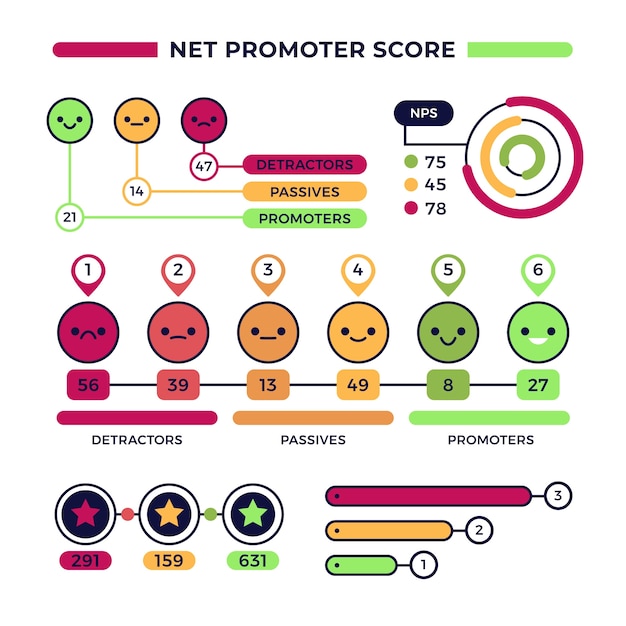
The Present Simple Tense: A Comprehensive Guide
The Present Simple Tense, also known as the Simple Present Tense, is one of the basic verb tenses in the English language. It is used to describe actions, events, or situations that are generally true, habitual, or fixed. In this article, we will explore the different aspects of the Present Simple Tense, its formation, usage, and some examples to help you understand it better.
Formation of the Present Simple Tense
The Present Simple Tense is formed using the base form of the verb (also known as the infinitive without “to”) for all subjects, except for the third-person singular (he, she, it), where an -s or -es is added to the verb.
Let’s take a look at the formation of the Present Simple Tense:
| Subject | Verb (Base Form) | Verb (Third-person Singular) |
|---|---|---|
| I, You, We, They | work | work |
| He, She, It | works | works |
As you can see from the table, in the Present Simple Tense, the third-person singular subjects (he, she, it) require the addition of -s or -es to the base form of the verb. For example:
- I work at a bank.
- He works in a hospital.
Usage of the Present Simple Tense
The Present Simple Tense is used in various situations:
1. Facts and Generalizations
The Present Simple Tense is used to express facts, generalizations, or truths that are always true or occur repeatedly. For example:
- The sun rises in the east.
- Dogs bark.
2. Habits and Routines
It is used to describe actions that are habitual or routine. These actions are repeated regularly, often with adverbs of frequency such as “always,” “usually,” “often,” “sometimes,” or “never.” For example:
- I always drink a cup of coffee in the morning.
- She never eats fast food.
3. Scheduled Events
The Present Simple Tense is used to express future events that are scheduled or fixed, such as timetables, public transport schedules, or events in the future. For example:
- The train leaves at 8 PM.
- The concert starts at 7 PM.
4. Instructions and Directions
The Present Simple Tense is used to give instructions, directions, or guidelines. For example:
- You mix the ingredients and bake the cake for 30 minutes.
- First, you turn left and then take the second right.
5. Commentaries and Narrations
The Present Simple Tense is commonly used in commentaries or narrations, especially in sports or live events. For example:
- The player passes the ball to his teammate.
- The commentator describes the action as it happens.
Examples of Present Simple Tense
Here are some examples to help you understand the usage of the Present Simple Tense:
- I live in London.
- She works at a multinational company.
- We play tennis every weekend.
- They speak three languages fluently.
- The sun rises in the east.
- He never eats vegetables.
- Do you like pizza?
- My sister often visits me on weekends.
- The bus arrives at 9 AM.
- He always forgets his keys.
These examples demonstrate how the Present Simple Tense is used to express various actions and situations that are true, habitual, or scheduled.
Conclusion
The Present Simple Tense is a crucial aspect of the English language. It helps us describe actions, events, habits, routines, and facts that are generally true or occur repeatedly. By understanding its formation, usage, and examples, you can improve your English language skills and communicate effectively in different situations.
Remember to practice using the Present Simple Tense in your conversations, writing, and daily life to become more proficient in its usage. With time and practice, you will master this fundamental tense and enhance your fluency in English.







